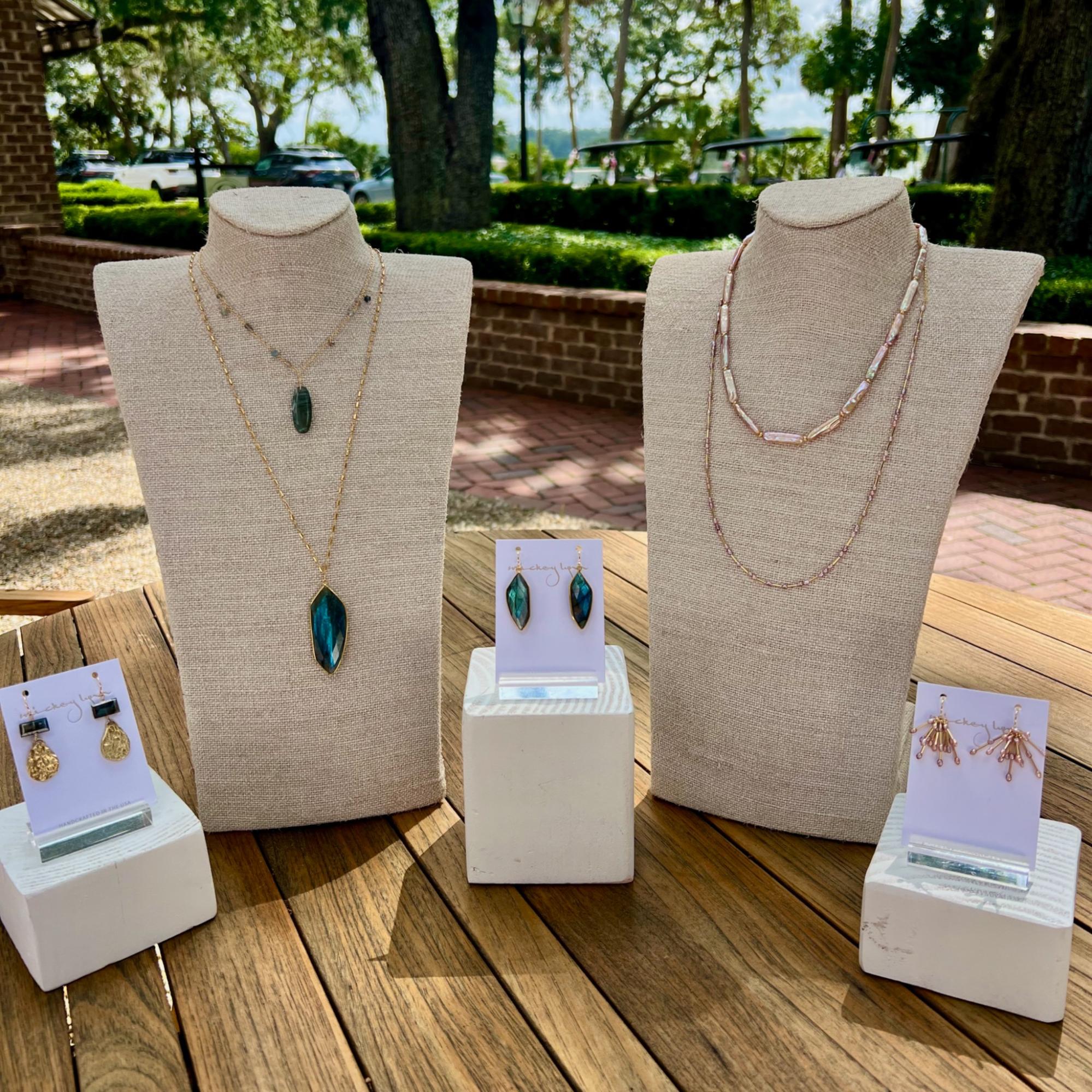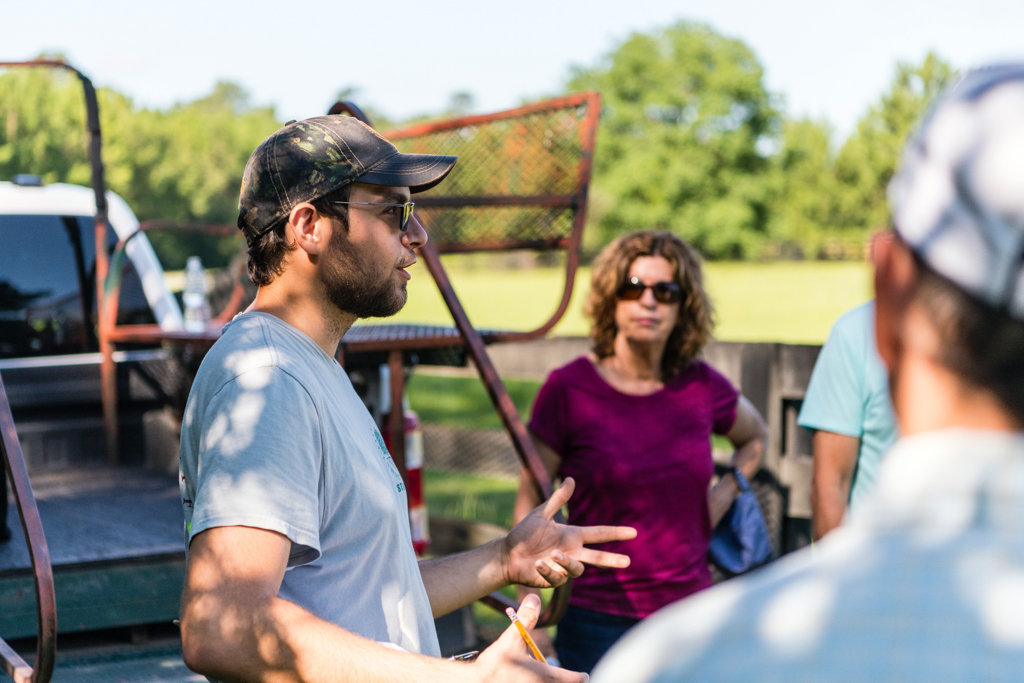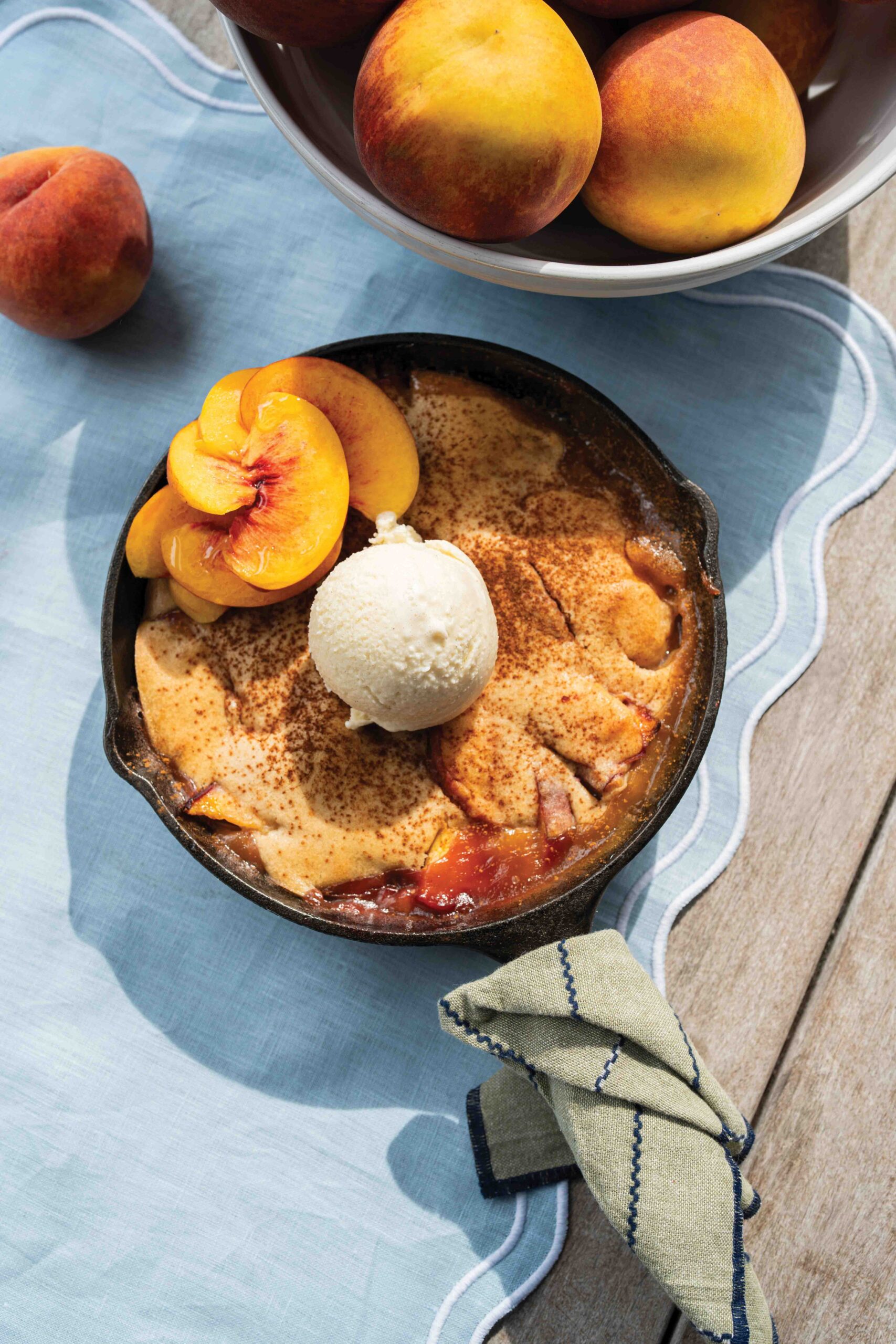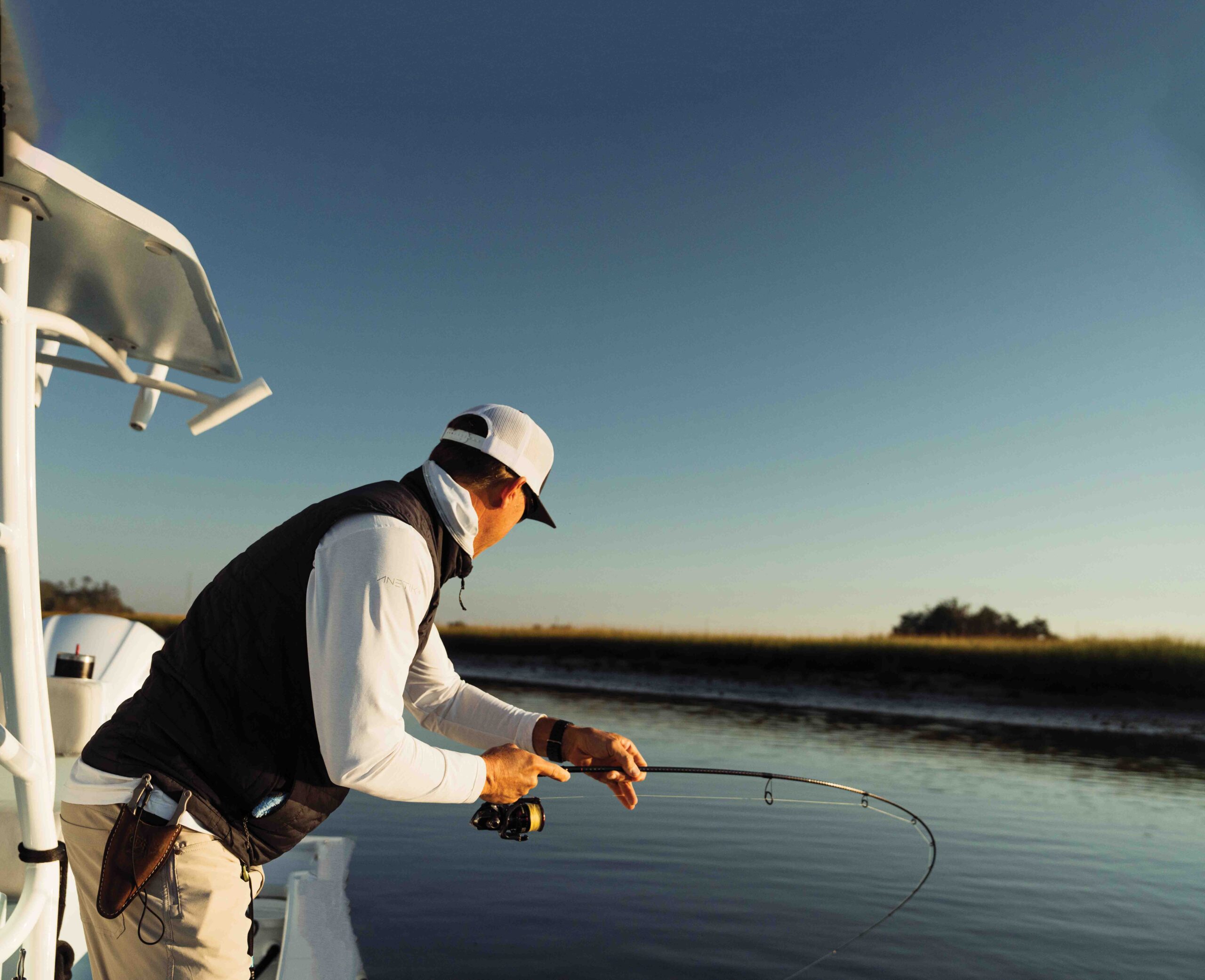Palmetto Bluff Real Estate Company Sales Office
Office Hours
Monday-Friday 9am - 5pm
Saturday 9am - 4pm
Sunday 12 - 4pm
Saturday 9am - 4pm
Sunday 12 - 4pm
How do you study bats?
There are two major methods for studying bats: catching them in nets or recording them with acoustic devices. Netting bats produces a small amount of extremely detailed information, while recording bats provides a large amount of comparatively broad information. In a future post, we will cover studying bats using acoustic methods, but here we will focus on how we capture bats in nets.
When I tell people that I catch bats with mist nets, they often confess they picture me standing in a field with a large butterfly net, waiting for a bat to get close. While this would be an impressive feat, that is not the kind of net we use to capture bats.
Instead, we extend large, polyester mesh nets – called mist nets- across corridors used by bats. The nets are connected to poles on either side, which keep the nets taut. On each pole is a pulley system that allows us to lower the net when we catch a bat so we can remove it safely. We often stack nets on top of each other to increase the height of our vertical trap. For example, a triple-high net is three nets stacked on top of each other. Each net is 2.6m tall, so a triple-high net is 7.8m tall and allows us to catch bats flying high above the ground.

The mesh is thin and difficult to see (trust me! I have walked into my own nets more times than I would like to admit). While we
may have a difficult time seeing the net, bats can detect nets in two ways. They can see mist nets with their eyes – particularly when the moon is bright or the net is in the open – AND they can detect nets with echolocation. This makes bats extremely difficult to catch!
We try to get around this by placing nets in a way that funnels bats into the net. The idea is that, by the time a bat has detected the net, there is not a way for them to fly around it. We meticulously erect our nets in the best part of the corridor, or flyway, that provides an optimal funnel. An ideal net setup has trees and bushes along the sides, preventing bats from flying around the net, as well as overhanging branches covering the top. The overhanging branches force the bat to drop down and fly under the branches while obscuring the top of the net. Ideally, this keeps bats from being able to fly over the net, but it is by no means foolproof! Bats are incredible fliers and are maddeningly successful at cutting away from a net at the last minute. Essentially, we are catching the bats that are not paying attention.

All 13 species of bat documented in Beaufort County have the sharp teeth required to slice through insect exoskeletons. Unfortunately, those same sharp teeth help bats chew their way out of mist nets. After we open our nets at sunset, we check them every 7 minutes to make sure we remove bats before they chew their way out and to prevent bats from getting too tangled and hurting themselves.

Once we have removed a bat from the net, we process it using a standardized protocol. We weigh each bat and identify its species, sex, and reproductive condition. For males, we inspect their genitals to see if they are reproductive or nonreproductive. For females, assessing the reproductive condition allows us to document whether they are pregnant, nursing pups, or have nursed pups in the last few months. We palpate the female’s abdomen to see if her stomach feels full and hard – two good indications she is pregnant. Each species of bat has a specific weight range, so her weight gives us information about pregnancy too; if she is on the heavier side of her species’ range, there is a good chance she is pregnant and her weight is reflecting the weight of her pup. If she is not pregnant, we inspect her nipples to see if she is producing milk or has lost a ring of fur right around her nipples. While the pups are suckling, they remove a ring of fur around the female’s nipple that lasts about a month or so after the pup has weaned before the fur eventually grows back. If we catch a bat that is no longer producing milk but is missing a ring of fur around her nipple, we know she is “post-lactating” and had a pup earlier in the year.

After assessing reproductive condition, we measure the length of the right forearm before inspecting the wings for damage and scarring. We also determine if a bat is an adult or young-of-the-year by looking at the status of fusion of their finger bones. Just like us, young bats are born with joints that are not completely fused, and fusion of these joints happens as the pup grows. We hold their wings over a light to determine if we can see “windows” in the unfused joints.

Because Palmetto Bluff is a long-term study site, we band almost all the bats we catch. The band fits over the bat’s forearm like a cuff bracelet, allowing the band to move freely on the forearm without puncturing the wing membrane. Each band has a unique alphanumeric ID, and if we recapture a banded bat, we know exactly who it is and where we caught it previously.

For some species, we are interested in where they are spending the daylight hours, how far they traveled to the net site while foraging, and the kind of structure they are roosting in. To learn this, we can place a transmitter on the bat before releasing it at night and then track it to its roost during the day. If we are lucky, we can find the bat in its roost using a spotting scope.

The federally protected northern long-eared bat pictured above was roosting under exfoliating bark on a pine tree. Stay tuned for more information on tracking bats in an upcoming guest post by Sam Holst, Conservancy research fellow.
Throughout the night, we decontaminate our equipment to reduce the risk of spreading spores that cause white-nose syndrome, a disease that is decimating populations of bats in the United States and Canada. Although we have not detected this disease on our coast yet, we pre-emptively treat our equipment as if we have it. We spray all equipment that has touched a bat with alcohol before using it on another bat. We handle bats while wearing latex gloves and change out gloves between bats. We also decontaminate our nets, poles, clothes, and all other equipment used at the processing station. Because of our potential of spreading SARS-CoV-2 to bats, we take the additional precaution of wearing ventless N95 masks while handling them. The safety of bats while they are in our nets and our hands is our first priority.
This covers the basic process of how biologists catch bats for research. If you are biking in River Road Preserve and run into us netting, feel free to stop and chat with us! Regrettably, the summer netting session is coming to a close. Next month I will give an update on the exciting captures from the summer!
Want to learn more about Lydia’s important work studying bats at Palmetto Bluff? Explore the Dusk to Dawn series, covering everything from common myths and urban legends to threats facing our winged friends. Learn more.

Palmetto Bluff’s Moreland Village feels a world away from the more traditional architecture of the iconi...

We are thrilled to introduce the inaugural winners of the Inspiring the Arts Scholarship—three extraordinary young women pursuing their artistic dreams through higher education! Katherine Donahue has been named our first official scholarship recipient, with Em...

From handmade jewelry to performance wear, the latest arrivals at Palmetto Bluff’s retail spots capture the season in true Lowcountry style. This summer, the Bluff’s shops are full of fresh finds, carefully chosen by our trusted retailers—including FLOW Galler...

Citizen Science is Thriving at Palmetto BluffDid you know that residents of Palmetto Bluff are playing a vital role in national and global conservation efforts—all from their backyard?Through the Palmetto Bluff Conservancy’s growing Citizen Science programs, c...

In October 2024, Grammy Award-winning musician Clay Ross visited Palmetto Bluff as part of The Arts Initiative's Artist in Residence Program. Through storytelling and song, he explores identity, heritage, and the universal language of sound. By Barry Kaufman ...

Palmetto Bluff Club Executive Chef Beth Cosgrove and Director of Culinary, Chef Rhy Waddington, Cook Up Four Peachy Recipes for a Summer in the South. Is there anything more iconic than a southern peach? A symbol of summer and Southern heritage, the peach car...

Following the tides and angling for redfish in Lowcountry creeks and estuaries with Captains Brian Vaughn and Will Stephens Story by Sandy Lang It is a sunny morning in October and the water is calm and glassy. The silence is punctuated by a gush of breath f...

7 Ways To Upkeep Your Palmetto Bluff Home As spring arrives in the Lowcountry, the change in season brings more than blooming marshlands and sun-drenched afternoons; it’s also a perfect time to refresh and care for your Palmetto Bluff home. Coastal living mea...

When the land speaks, you listen. And at Palmetto Bluff, it spoke to two of golf’s most legendary course designers—Bill Coore and Ben Crenshaw. We invite you to watch our newest video, shot this past winter and featuring Bill and Ben, along with South Street P...

5 Renovations to Increase the Value of Your Lowcountry Home Whether Palmetto Bluff is your full-time residence or a cherished retreat, deciding to sell is never a quick or casual choice. However, when the time does come, you want your home to be as market-rea...
Learn about the Palmetto Bluff Conservancy and how we keep the vision of our land in place.
On land or water, there is an ever-evolving variety of activities.
We do not attempt to independently verify the currency, completeness, accuracy or authenticity of the data contained herein. All area measurements and calculations are approximate and should be independently verified. Data may be subject to transcription and transmission errors. Accordingly, the data is provided on an “as is” “as available” basis only and may not reflect all real estate activity in the market”. © [2023] REsides, Inc. All rights reserved. Certain information contained herein is derived from information, which is the licensed property of, and copyrighted by, REsides, Inc.